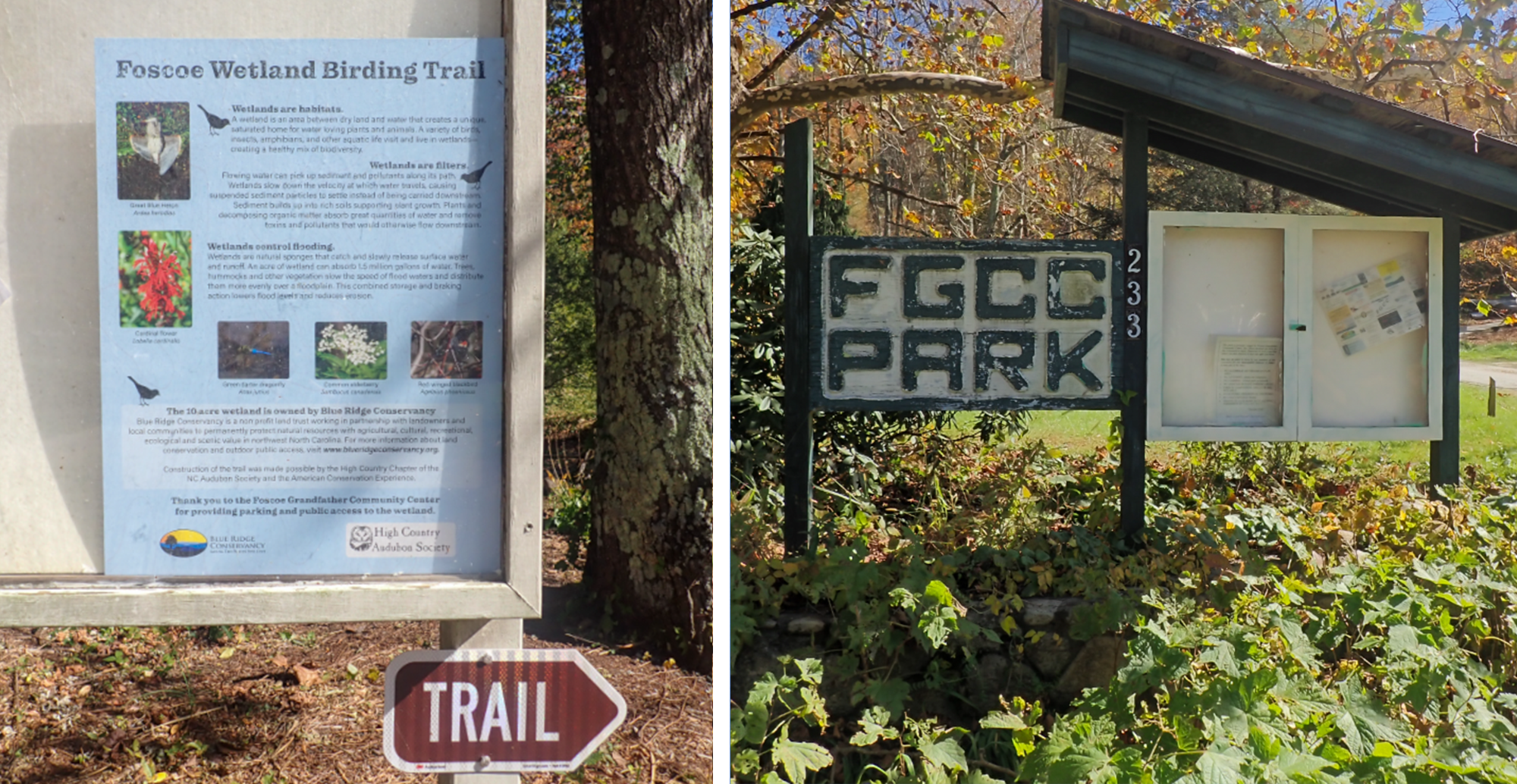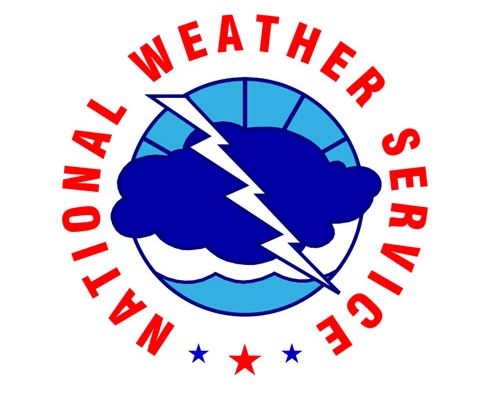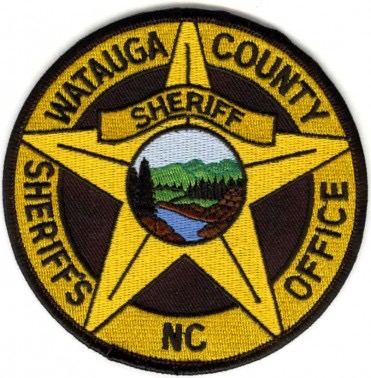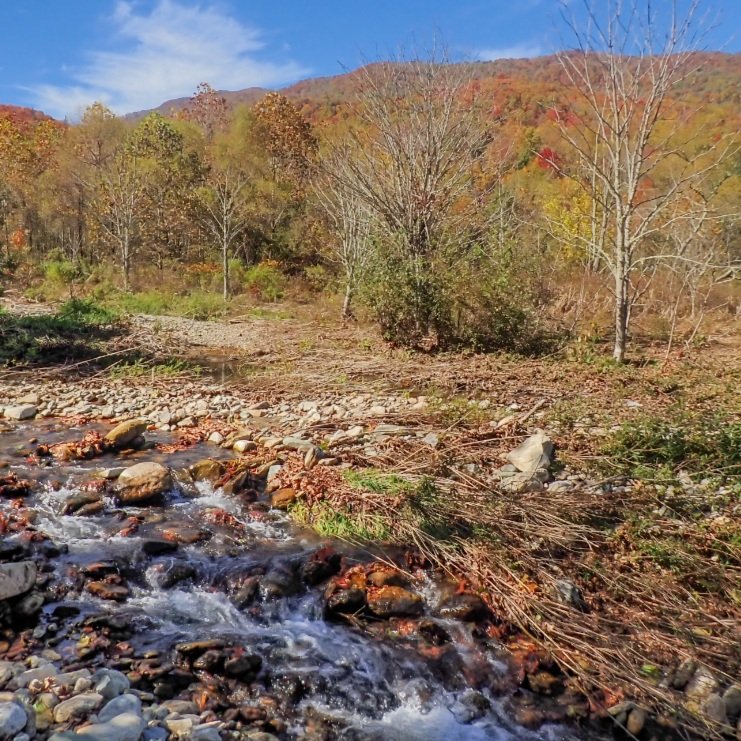
Last Updated on October 28, 2021 4:22 pm
A 10-acre wetland for birding is now open to the public in Foscoe, thanks to a partnership between High Country Audubon Society and Blue Ridge Conservancy. The property was donated to the Conservancy in 2016.
According to Debbie Shetterly of High Country Audubon society, “HCAS is very excited to partner with BRC on the Foscoe Wetland Trail. This area represents a natural habitat that is not that common in the High Country -a hardwood wetland. HCAS is happy to be able to help BRC provide public access to this habitat. Birders can expect to find birds such as the belted kingfisher, osprey, and several species of flycatchers, among many others. The northern waterthrush, a rare visitor to the High Country, has also been seen at this location.”
A short trail constructed by American Conservation Experience leads to the wetland, but there are no official trails within the wetland. Thanks to Foscoe Grandfather Community Center for allowing parking and access to the trail at 233 Park Rd, Banner Elk.

A wetland is an important area between dry land and water that creates a unique, saturated home for water loving plants and animals. A variety of birds, insects, amphibians, and other aquatic life visit and live in wetlands, creating a healthy mix of biodiversity. Along with providing habitat, wetlands act as filters by slowing the speed of water, causing suspended sediment particles to settle instead of being carried downstream. Sediment builds up into rich soils supporting plant growth. Plants and decomposing organic matter absorb great quantities of water and remove toxins and pollutants that would otherwise flow downstream.
Wetlands also help control flooding by acting as natural sponges that catch and slowly release surface water and runoff. An acre of wetland can absorb 1.5 million gallons of water. Trees, hummocks, and other vegetation slow the speed of flood waters and distribute them more evenly over a floodplain. This combined storage and braking action lowers flood levels and reduces erosion.
To learn more about wetlands, visit https://www.epa.gov/wetlands/what-wetland.
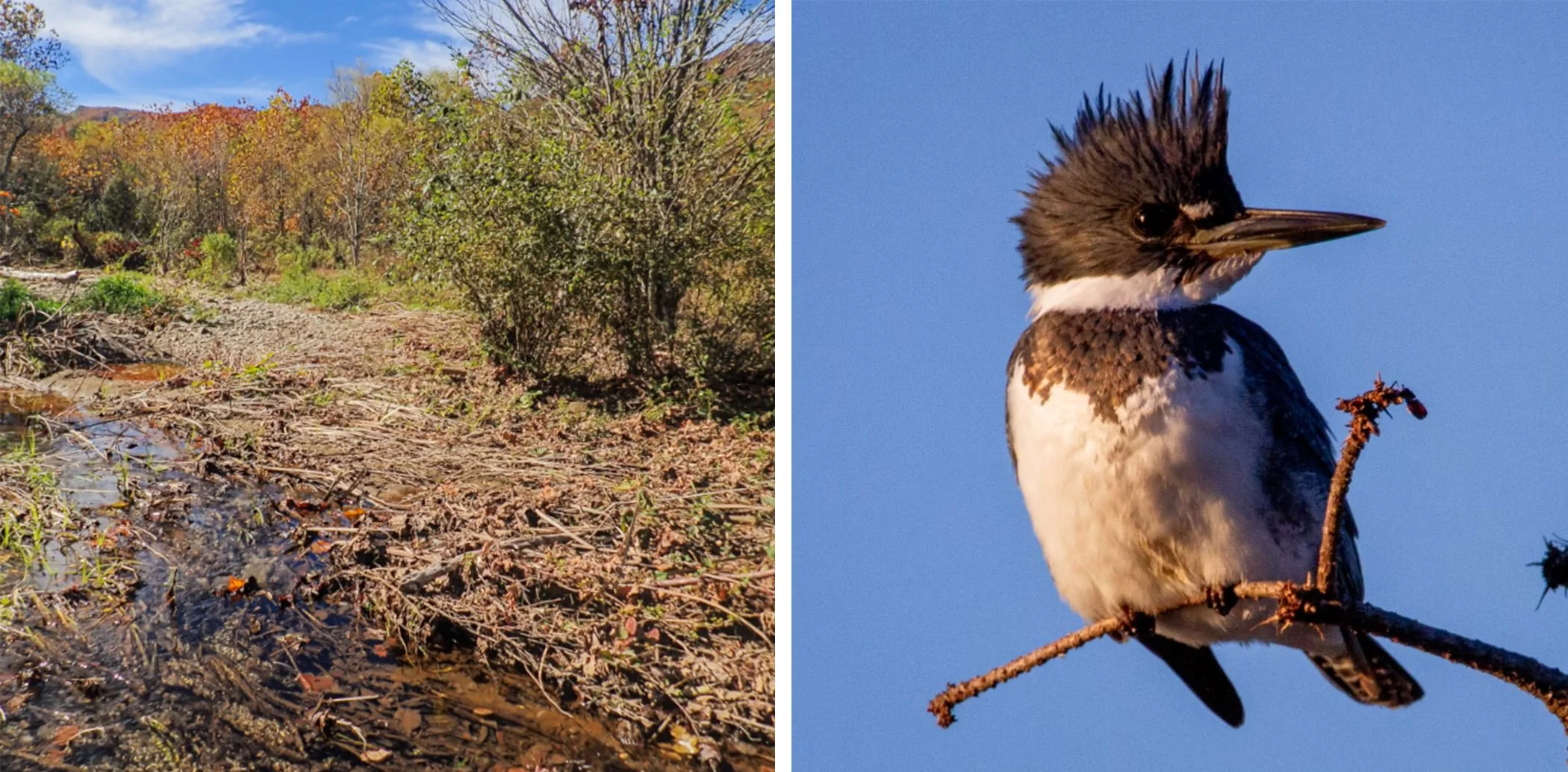
Blue Ridge Conservancy partners with landowners and local communities to permanently protect natural resources with agricultural, cultural, recreational, ecological, and scenic value in northwest North Carolina. BRC’s land conservation projects protect the region’s vital and vulnerable natural resources. The safeguarding of rivers, streams, and wetlands maintains the health of aquatic habitat and the quality of drinking water.
